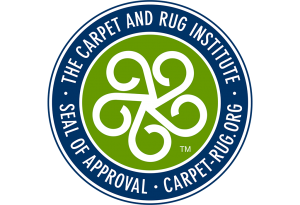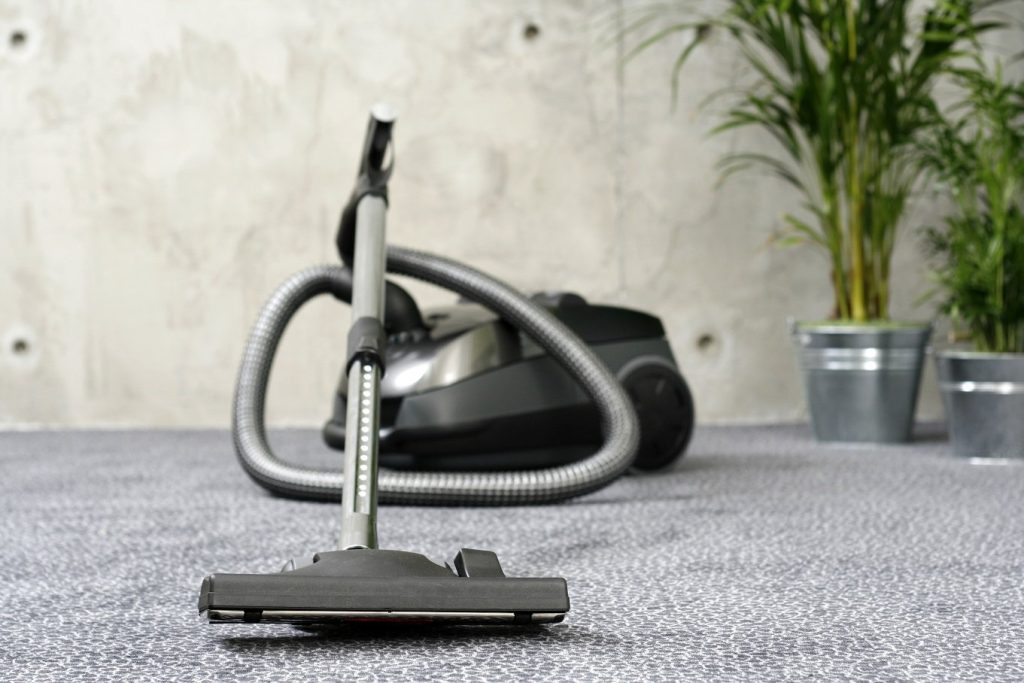
If You Can Measure It, You Can Improve It
How We Test
The Bottom Line
Seal of Approval certified products effectively remove soil without adversely affecting the appearance or the performance of the carpet — a wise investment for commercial and residential purchasers. So be sure to check that your carpet is being cleaned with CRI Seal of Approval – certified products to get the most out of your carpet investment.
Certifying a Product
Applying to have your product certified under CRI’s Seal of Approval testing program is easy. Just download the appropriate form below and submit it to CRI.
All invoices must be paid before testing can commence.
Documents
The Seal of Approval program is governed by the SOA Program Manual. The policy, procedure, and operations of the program are each outlined in the manual.
Don’t see the form you need? Contact us
Industry-wide Benefits
The positive effects of the SOA program can be seen at every level of the carpet industry.
Consumers: SOA helps consumers make better purchasing decisions by ensuring that the products they choose will work. Consumers get a healthier environment in which to live and work – and a maximum return on their carpet investment.
Carpet Cleaning Product Manufacturers: By using the test results to see product strengths and weaknesses, manufacturers get a better idea of the product and equipment features they need to improve. That leads to more effective products going to market. For their efforts, the manufacturers gain the added credibility of the Seal of Approval label on their products.
Carpet Cleaning Professionals: Cleaning professionals gain SOA certification when they use Seal of Approval products. The certification differentiates them from the competition. It also helps them do their jobs better, which means more satisfied customers and more repeat business.

